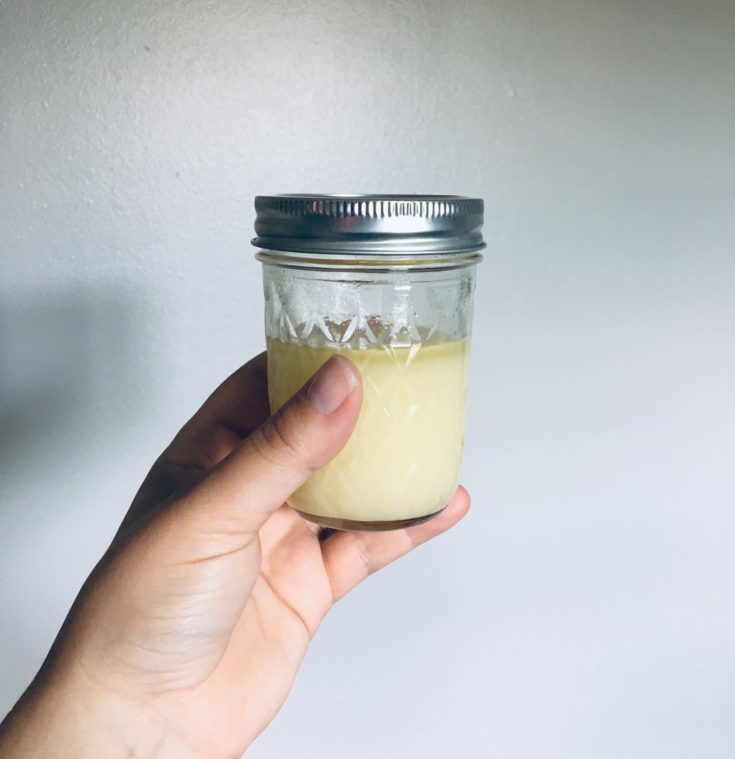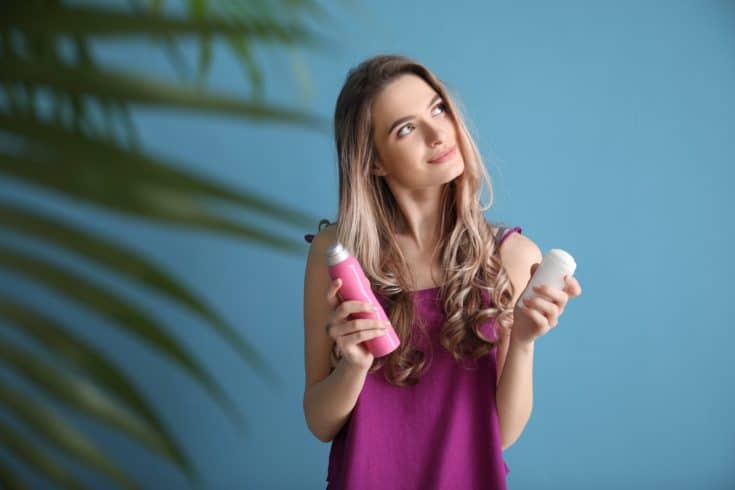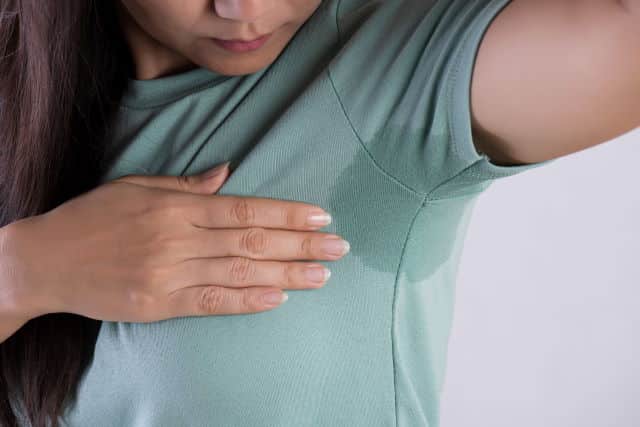In an attempt to switch to healthier and more bio-friendly products, people are now turning to natural deodorant. The name has a nice ring to it, is inexpensive to buy (or make at home), and also has a lot of benefits. But natural deodorant may also have some pitfalls, and in the spirit of keeping our readers informed, we’re going to analyze every detail.
What Is Natural Deodorant, Anyway?

The name itself is pretty intuitive. When you buy deodorant, it typically contains a lot of ingredients which are pretty hard to pronounce. That’s because companies are looking for their products to last longer on the shelves, so they add preservatives to make that happen. Aside from that, there are all sorts of chemical perfumes, because everyone wants to smell fresh for as long as possible.
Natural deodorant is all about using nature-sourced products, like flowers, herbs, essential oils, and the occasional baking soda. Overall, natural deodorants are better for your skin, because the ingredients have all sorts of beneficial properties.
If you have sensitive skin, laboratory-made deodorants may be really irritating. You have a much higher chance of ending up with a rash or other skin irritations if you use deodorants made with chemicals.
Natural deodorant can be just as efficient as its non-natural counterparts, while also being gentle on the skin. It can contain ingredients such as aloe vera, shea butter, or coconut oil, all of which are wonderful skin products. Some are made with vitamin E, which prevent skin irritations.
More Stuff You Should Know

Now that we’ve established that natural deodorants are better for your skin, here are some other things you should consider before making the switch:
● Natural deodorants may be harder to apply. That’s because a lot of brands require you to hold the product against your skin for a few moments so that the ingredients can heat up and be easier to apply. It’s not a complicated process, but may be annoying when you’re rushing off to work and don’t have the patience to wait that extra minute.
● Natural deodorants may stain clothes, but it depends on the exact ingredients that are in the product. For example, there are natural deodorants that use candelilla wax an alternative to beeswax which doesn’t leave any residue. If you make your own deodorant at home, keep in mind that there are ingredients that will naturally stain clothes as well. You can buy natural deodorants that don’t stain clothes, but it’s a trial and error thing, so maybe test them out while staying at home, wearing some older T-shirts.
● When you’ve been using deodorants with chemicals your entire life, there are chances of having to go through a detox period when switching to an all-natural product. That’s just your body trying to eliminate all those chemicals. But, in the process, you may discover that it takes time for your body to get used to the natural stuff. Just give it time.
How to Get Rid of Natural Deodorant Stains
Before trying to get deodorant stains out of your clothes, you need to know exactly the source of the stain. Deodorant stains are very different from antiperspirant ones, but the good news is that stains from natural ingredients are easier to remove compared to those caused by chemical ingredients.

Here are a few stain-removing rules to keep in mind:
● If your shirt is darker in color and the stain you see is light, you may be able to remove it with something like a damp cloth. Natural deodorants may have dry and powdery ingredients in their mix, and that’s where the stain comes from, more likely.
● If your shirt is dark, but the stain is also dark, the area should be treated before washing.
● If your shirt is of light color and the stain is yellowish, it’s most likely a reaction between air and bacteria, so it’s best to wash the clothes as soon as possible.
Always wash your clothes according to the instructions on the label. If your shirt required cold water wash, you may need to pretreat the fabric before throwing it in the washing machine. That’s because certain natural ingredients (such as oils), require warmer water to loosen from the fabric.
There are many different ways for you to pretreat your fabrics before washing, but here are the most popular three options:

● Soaking the fabric with dish soap can do the trick, but you will need a basin for the process. Fill the basin halfway through with warm water, and then add a few drops of dish soap to the mix. Stir up the water to make sure that the soap dissolves, but not too much, because you don’t want too many bubbles just yet. Submerge the shirt in water for 20 minutes, and then wring it to remove the deodorant residue. If there are still visible stains, repeat the process.
● White vinegar and baking soda is the perfect combination for cleaning a lot of kitchen stuff, but did you know that you can use it for stain removal as well? Cover the entire spot by sprinkling baking soda over it, and rub the surface gently. Then, spray a few drops of distilled white vinegar over the spot. That will trigger a chemical reaction that lifts the stain from the fabric. When the bubbly reaction is complete, use a credit card to remove the excess product buildup before tossing the shirt in the washing machine.
● You can also pre-treat stain by using baking soda paste, but this step requires a few more tools at your disposal. You will need a toothbrush you’re no longer using, dish soap, and baking soda. Sprinkle baking soda on the stain, and leave it there for about an hour. You will notice that the soda turns from powdery to clumpy, which helps it absorb the excess oils from your shirt. With the toothbrush, remove the excess baking soda from the shirt, and then add some dish soap to the stain. Rub the stain so that the fabric absorbs some of it, and then add more, thus creating a thin layer of soap on the surface. Then, just throw the shirt in the washing machine as you’d normally do.
Conclusion
Even if natural deodorant stains your clothes, it is still easier to remove compared to the chemical concoctions that penetrate the surface of the fabric. Using organic deodorants is a much healthier alternative, but can also be a less expensive one, particularly if you choose to make your own natural deodorant at home.
The post Does Natural Deodorant Stain Clothes? appeared first on Better Mind Body Soul.
No comments:
Post a Comment